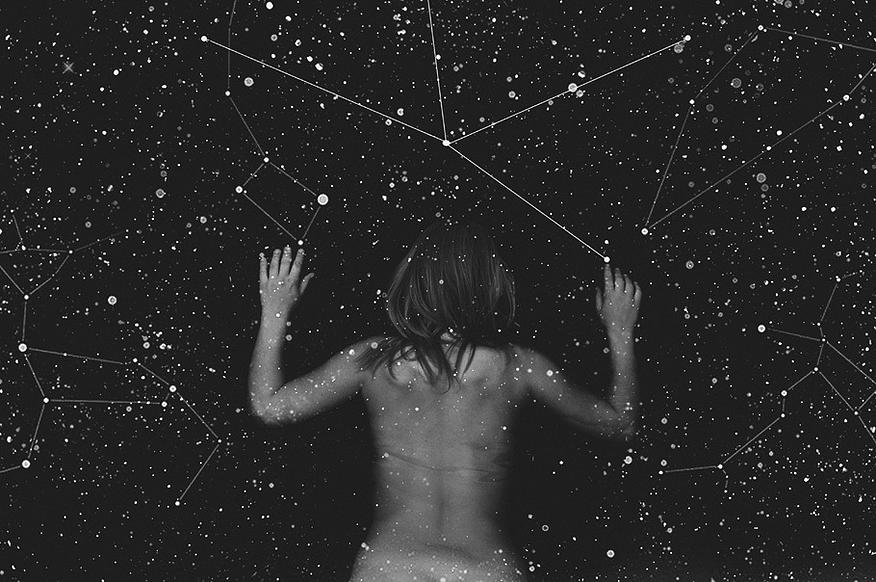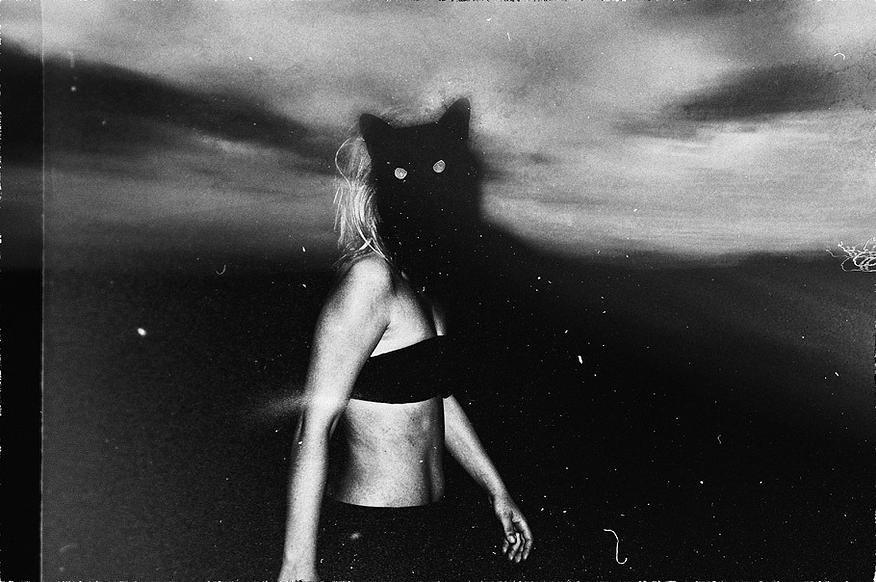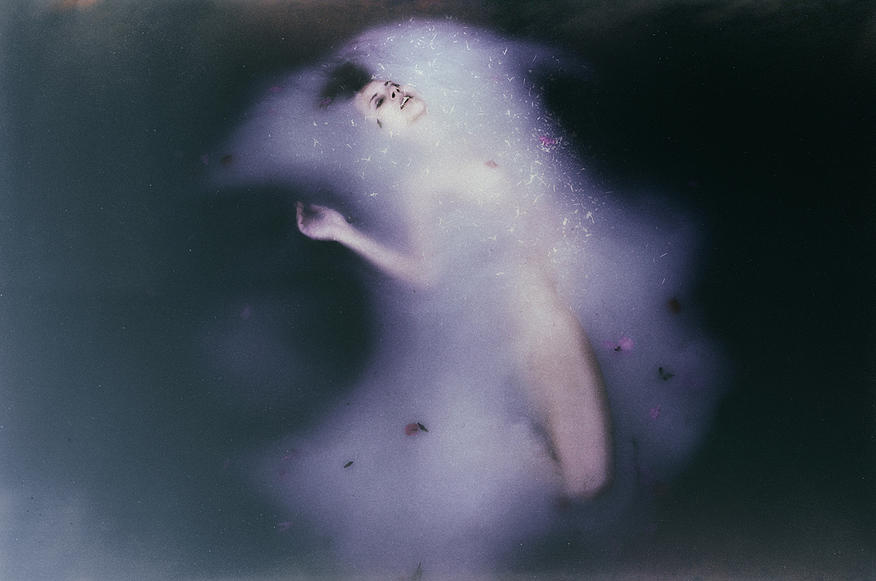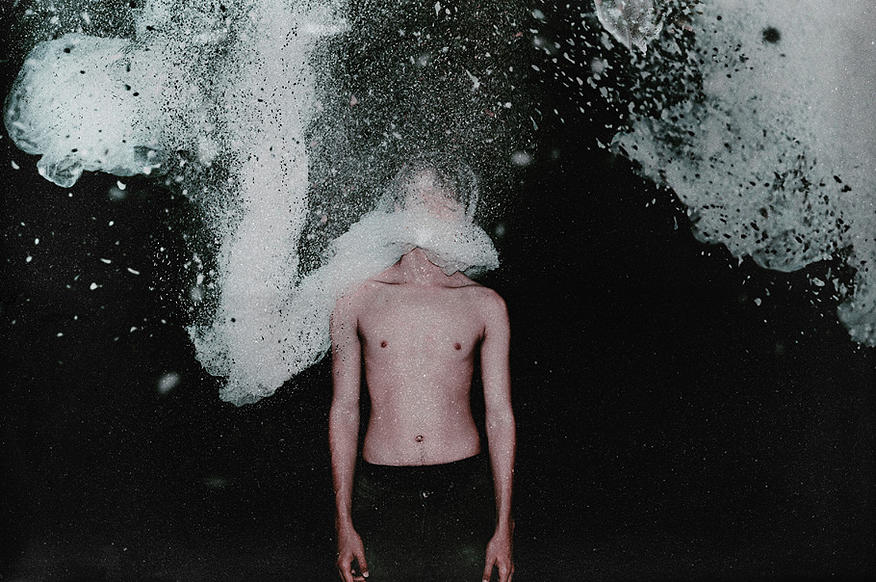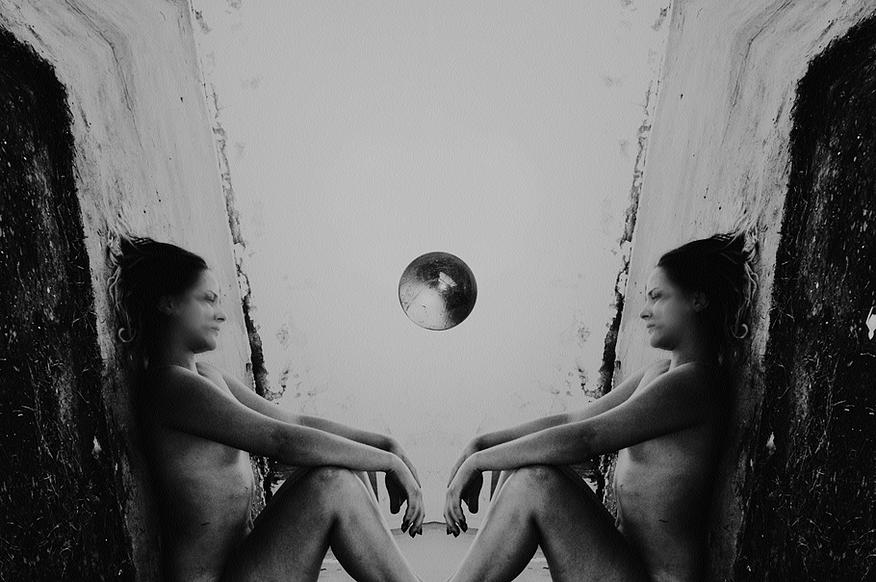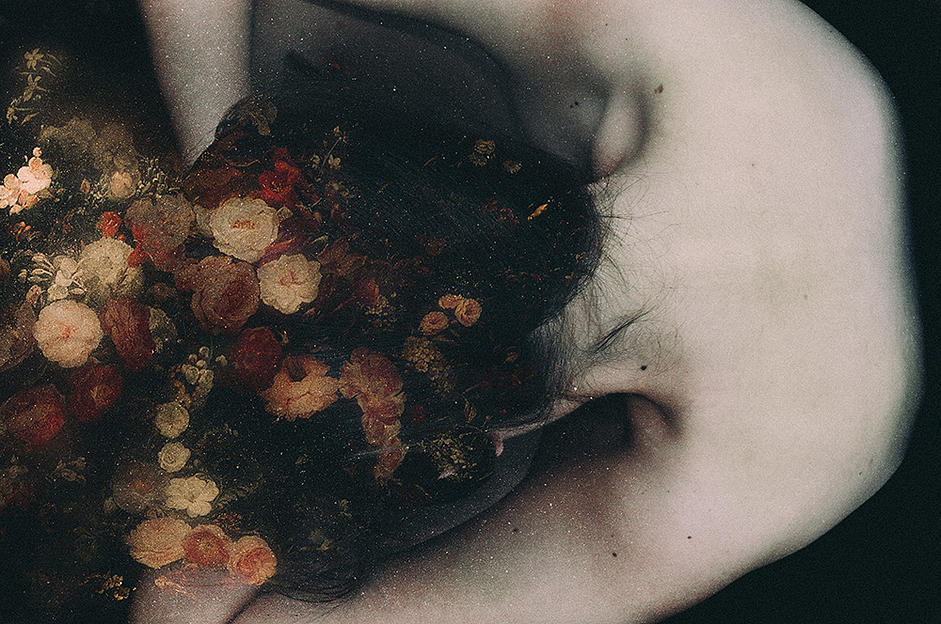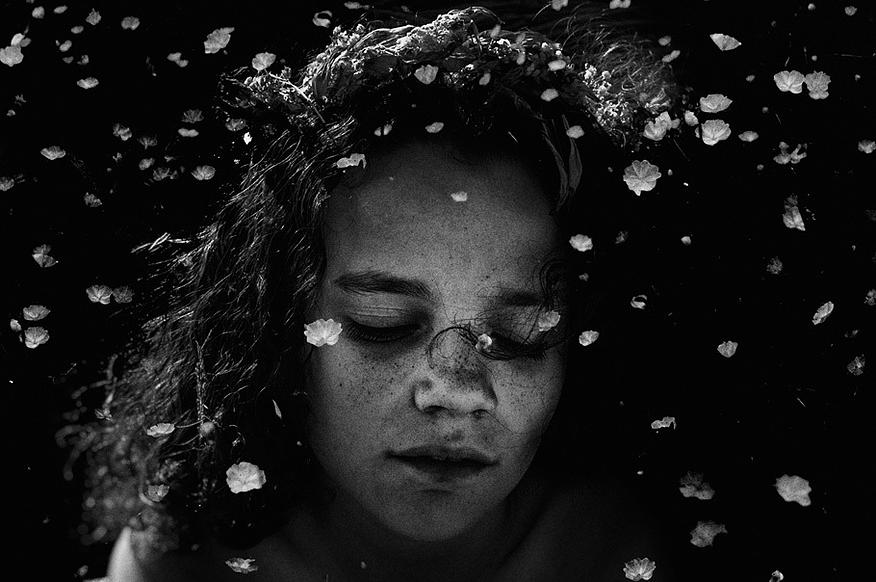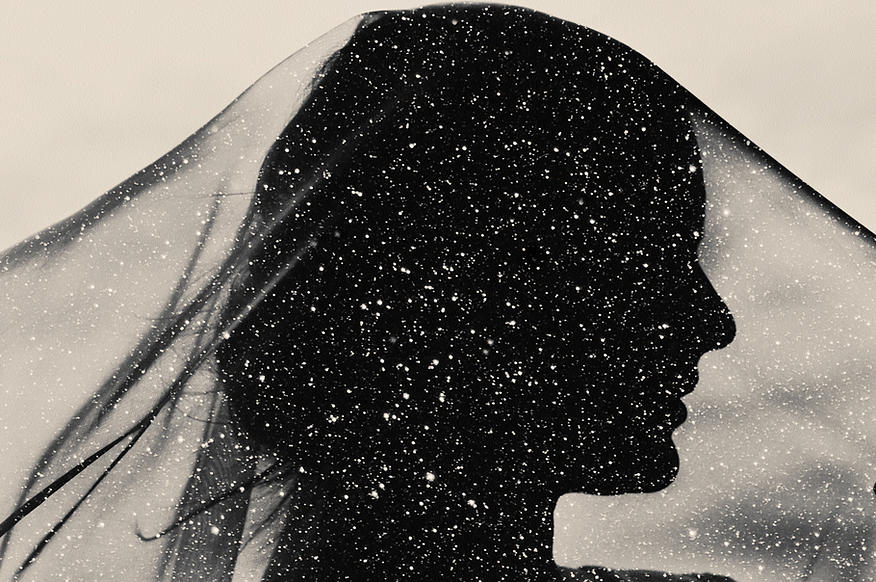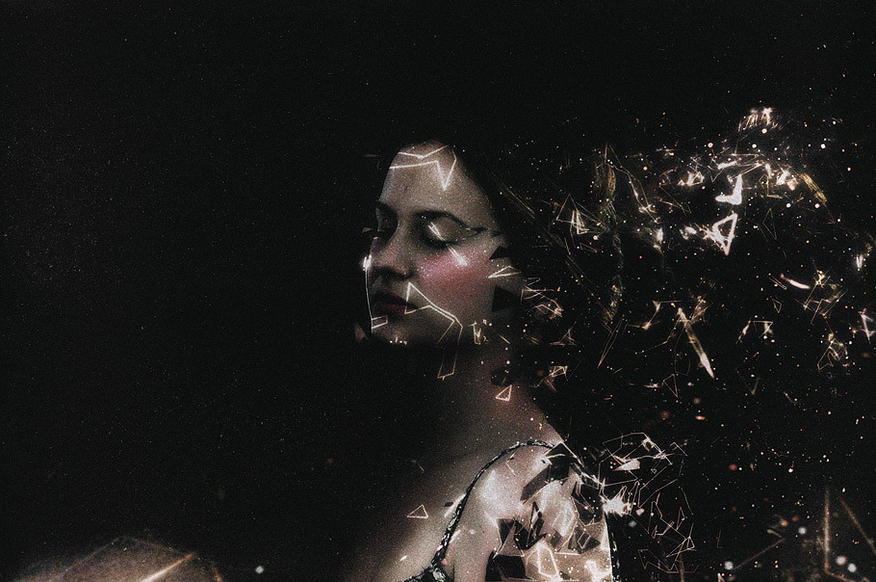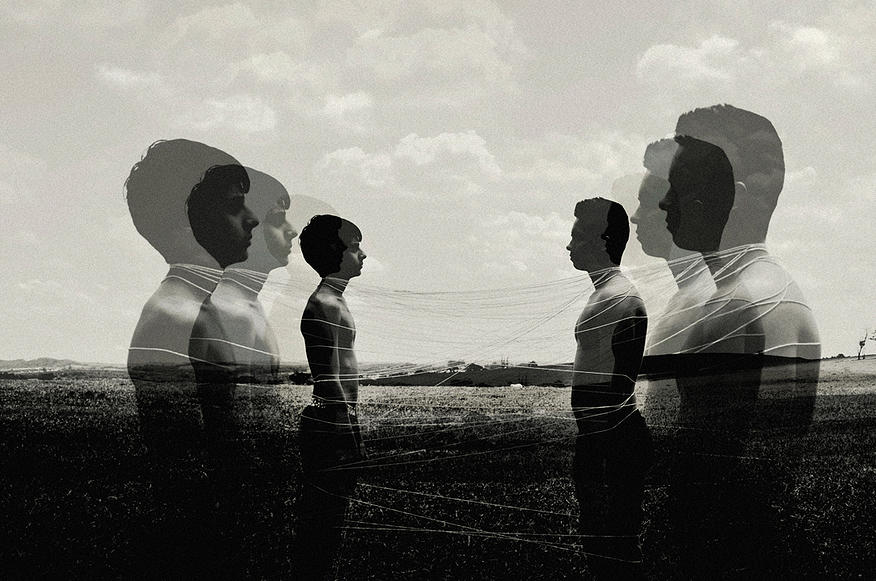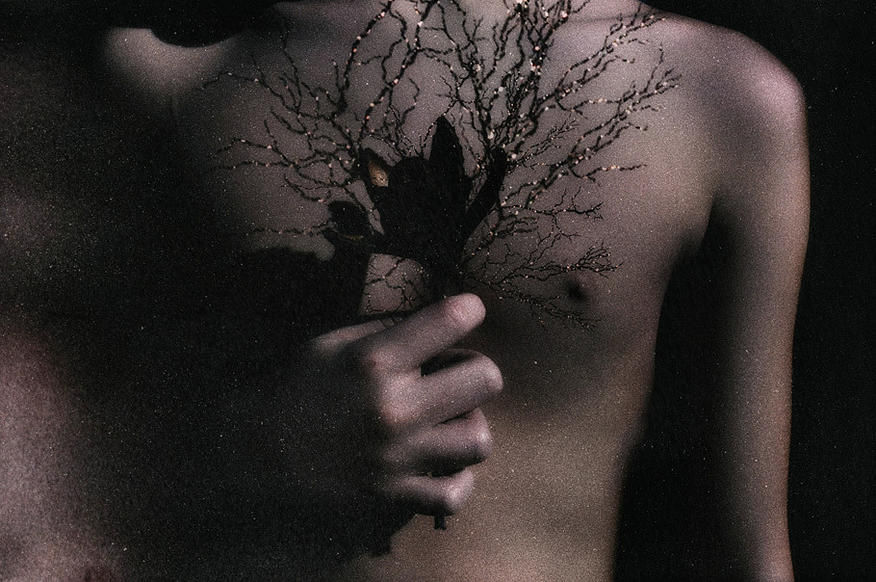Brazilian photographer Nádia Maria explores the intricacies of the subconscious mind through her ethereal artworks.
What drives a person to create art? For the self-aware photographer Nádia Maria, the answer to that question might be simple. Her photographs stem from her own reflections, from her desire to communicate and create freely. She identifies herself as an observer in this hectic world, letting her inspirations find her and delving into the depths of the human psyche. To Maria, her photographs are a journal of her innermost thoughts and emotions; a window into her subconscious.
Photography is a lifelong passion for Maria. She was born in 1984 and took up photography as a child. Her work has blossomed since then, and she has had features in National Geographic, Whattaroll Magazine and Tigress Magazine for Girls, just to name a few. Here at FIB we got the chance to interview Maria about her inspirations, dreams and passions.
“How did you get into photography?”
“I started taking pictures during my childhood. It was a form of communication, creation and freedom, as I have always been a very private person myself.”
“What keeps you feeling inspired on a daily basis?”
“I think the fact that I am a person who observes too much. I’ m very reflective, I’m always too attentive to everything that happens inside and outside of me, and reflected in every angle of every event. I think that this process brings me a lot of inspiration over time.”
“Who are some artists you admire or are influenced by?”
“I like many artists and photographers, but I think the painting affects me more than the [photograph] most of the time. I’m really touched by some [paintings].”
“What do you try to achieve with your work?”
“I just let it flow [and] it actually leads me to achieve different things. I only put out what I feel; [it’s] like therapy … Professionally I hope to arouse reflection and sensitivity for those who see beyond what is there.”
“Is there a particular photograph that you’re most proud of? If so, why?”
“I [fluctuate between liking and disliking] continuously… I cannot [name] one specifically, as are all pages of a personal diary. Each one has its intimate meaning for me; for my life.”
“How do you know when a work is finished?”
“When I’m alone; when I free myself. When that image doesn’t torment me and doesn’t chase me anymore. When I close my eyes and don’t see it anymore in my mind.”
“What’s the most rewarding thing about photography, for you?”
“I think that freedom of creation; the universe that it allows us to build and operate. The relationship I have with photography made me know myself better and [navigate] the changes in my life [better]. It is a direct contact with my subconscious and my inner self.”
“Do you ever experience creative blocks? If so, how do you get through them?”
“Always. This is part of each creation. It is a cycle… I have my period of inspiration, creation, [and] completion. Then it’s like a death; a necessary pause, I believe, until another inspiration and creation [arises]. So I learned not to avoid it; to respect this time to continue flowing.”
“Your photographs have a beautiful surrealistic mood to them and I’m interested to learn about how you create that. Could you tell us a bit about your art-making process?”
“I work a lot with multiple exposures, overlays, slow shutter speed, ISO, and also with some objects in front of the lens … I’m always experimenting.”
“Are there any photographs or other material objects in your life that hold a special meaning for you? If so, could you tell us about them?”
“I think my cameras are the most valuable objects that I have, [as well as] the photos. I have no attachment to any material thing [other than] these.”
“Nature seems to be a recurring theme in your work. What does nature mean to you? What feelings does it evoke?”
“I think my most primitive instincts and feelings; the contact with my creative power.”
“What is your thought process when envisioning a new artwork?”
“Reflection, meditation … I just observe what goes on in my mind, without imposing my own thoughts, judgments [or] belief systems… I’m just an observer, in silence.”
You can find Nádia Maria on Facebook, Instagram, PhotoVOGUE and on her website.
All images © Nádia Maria.

